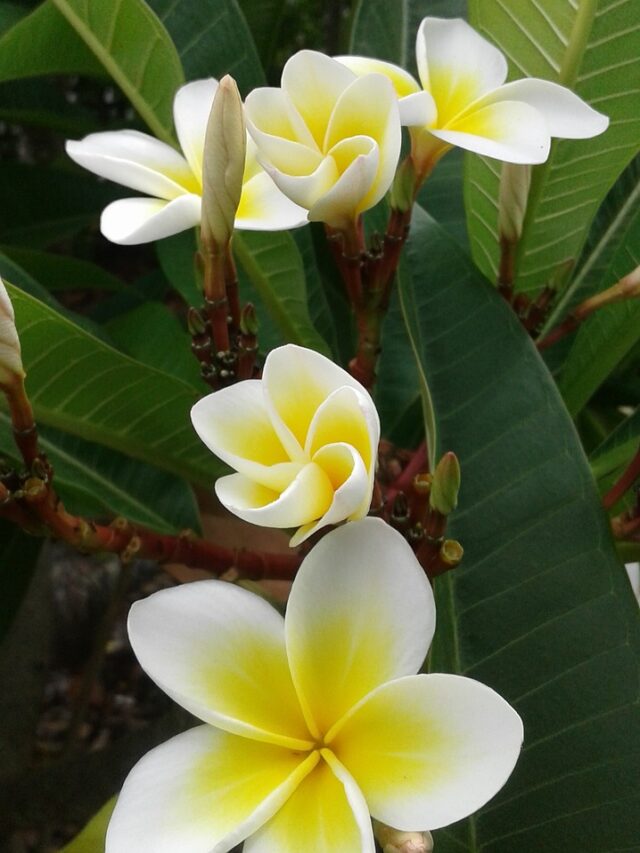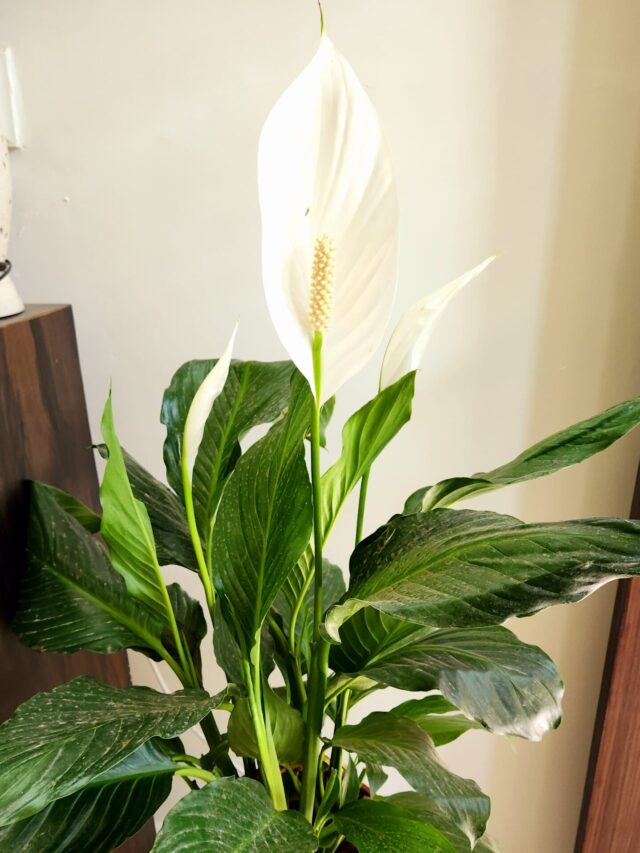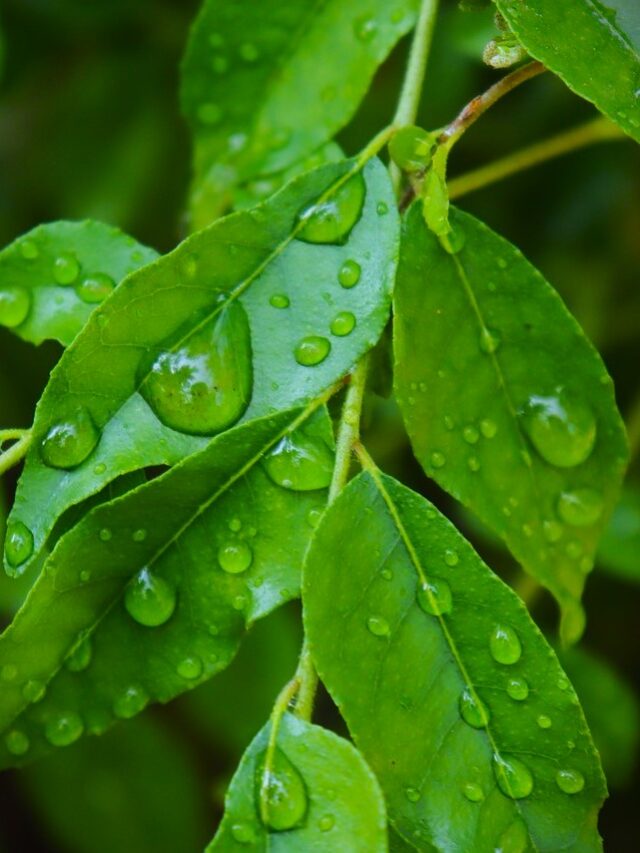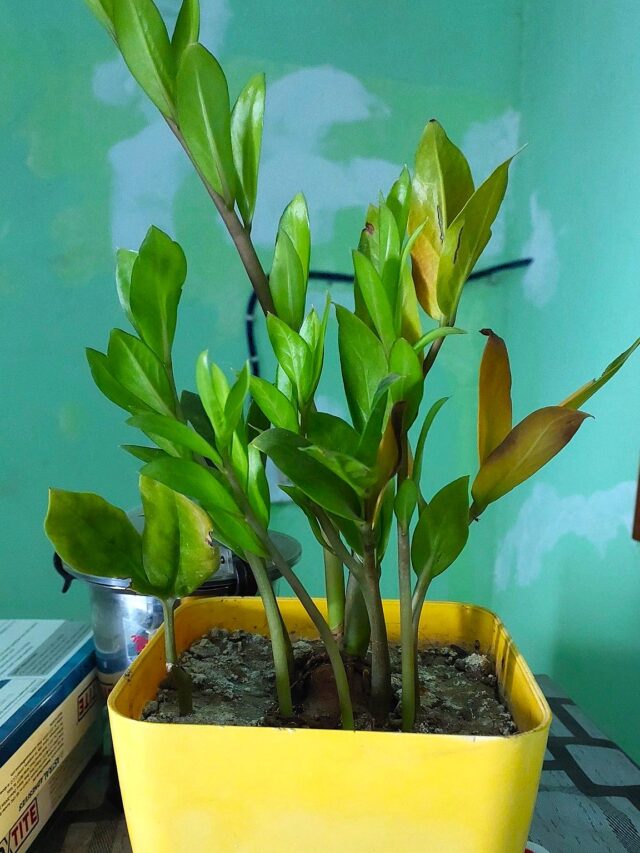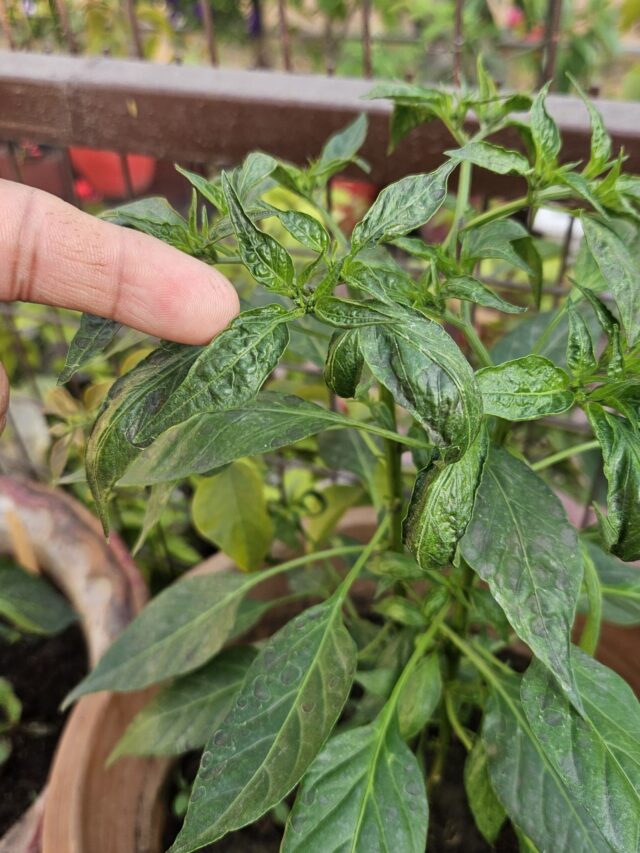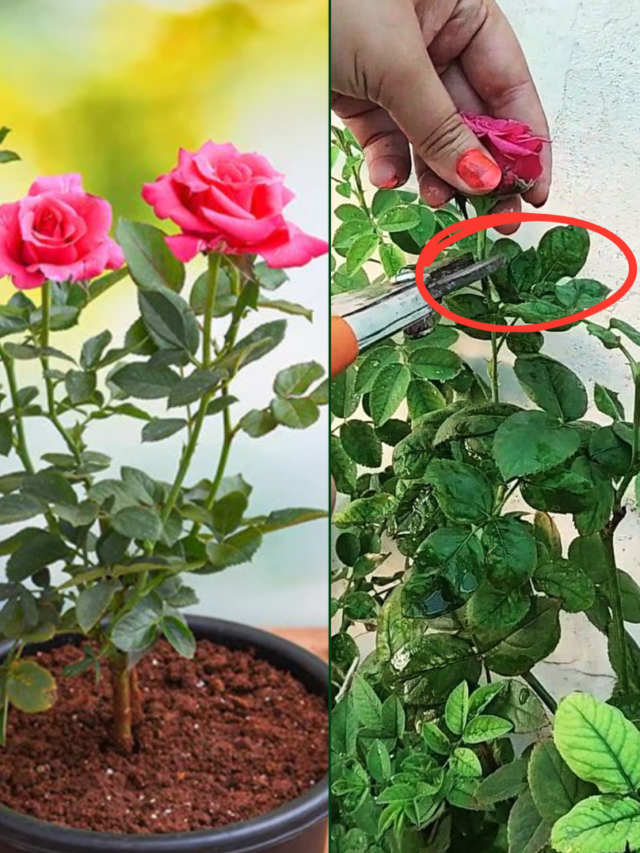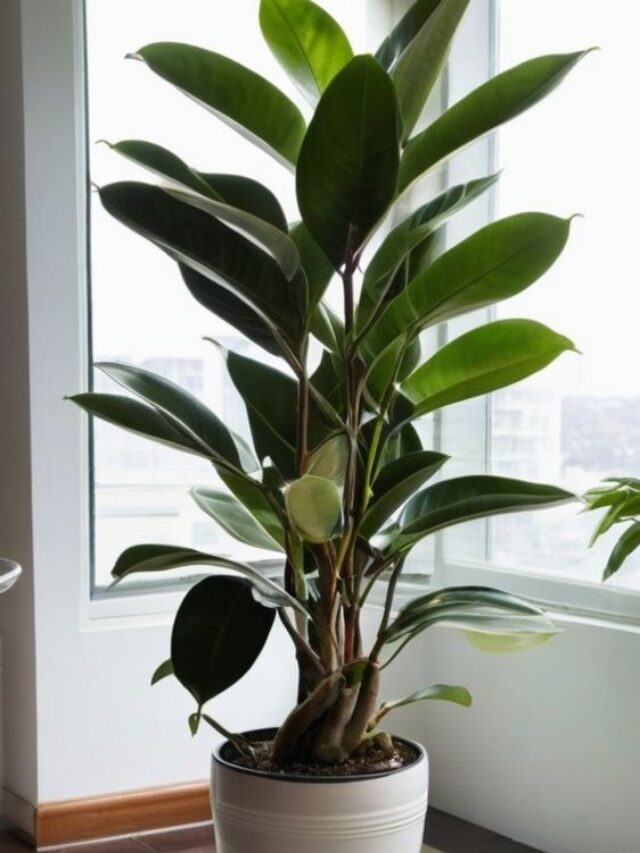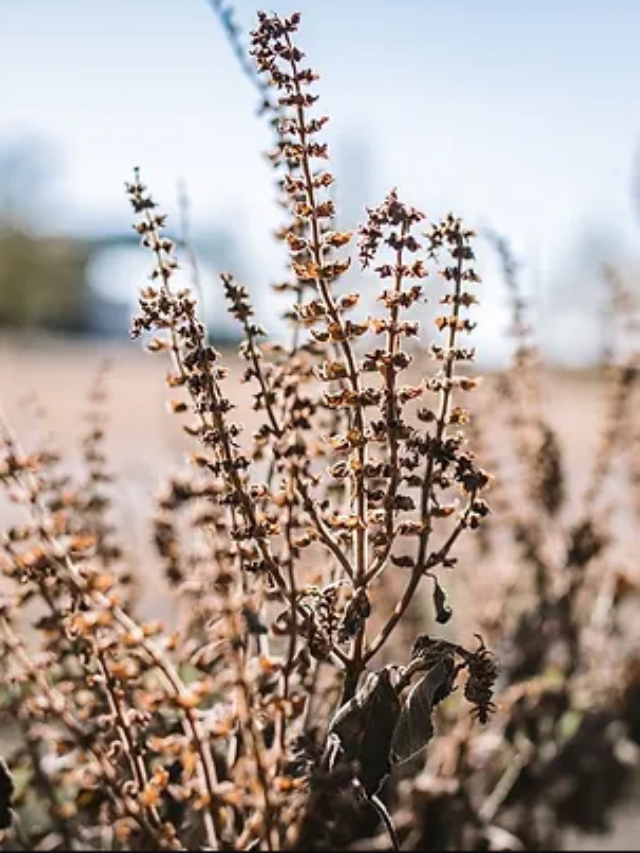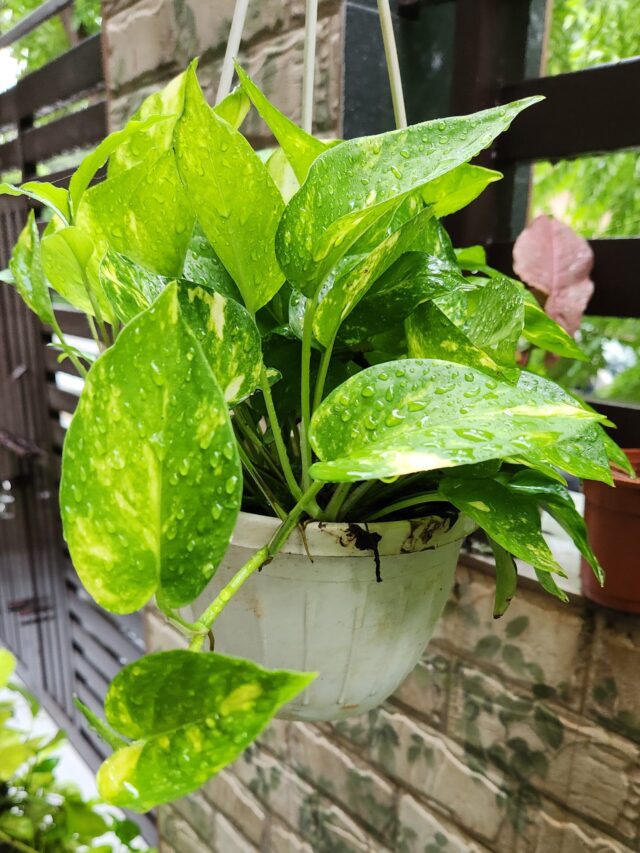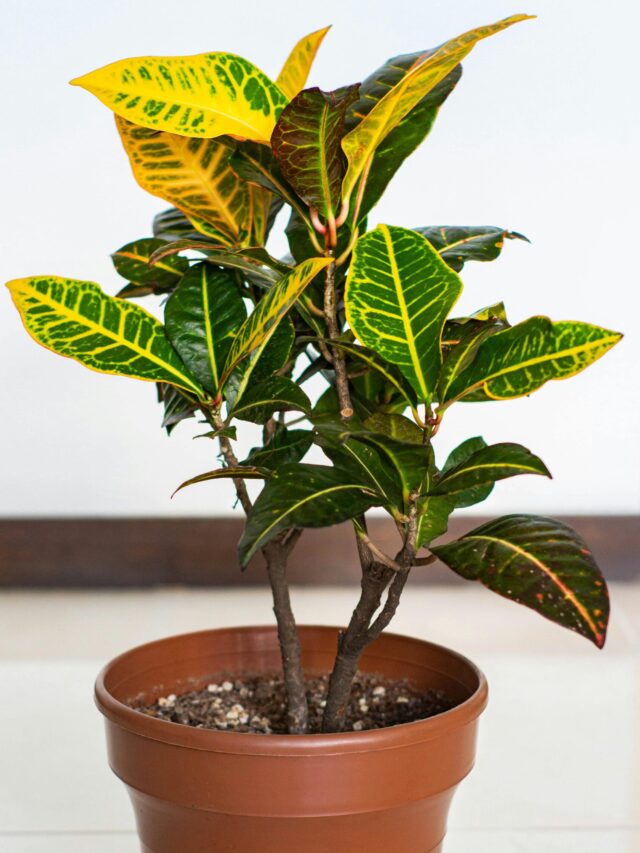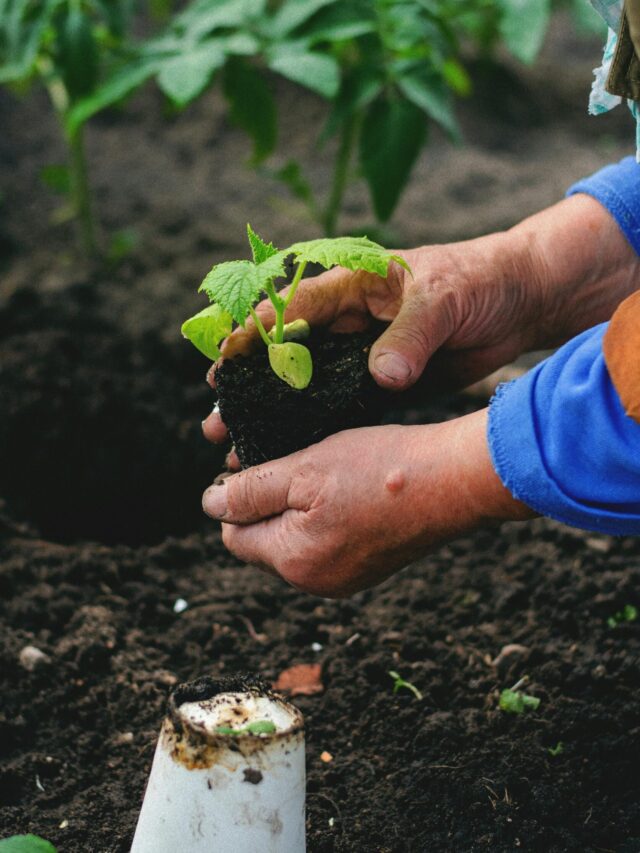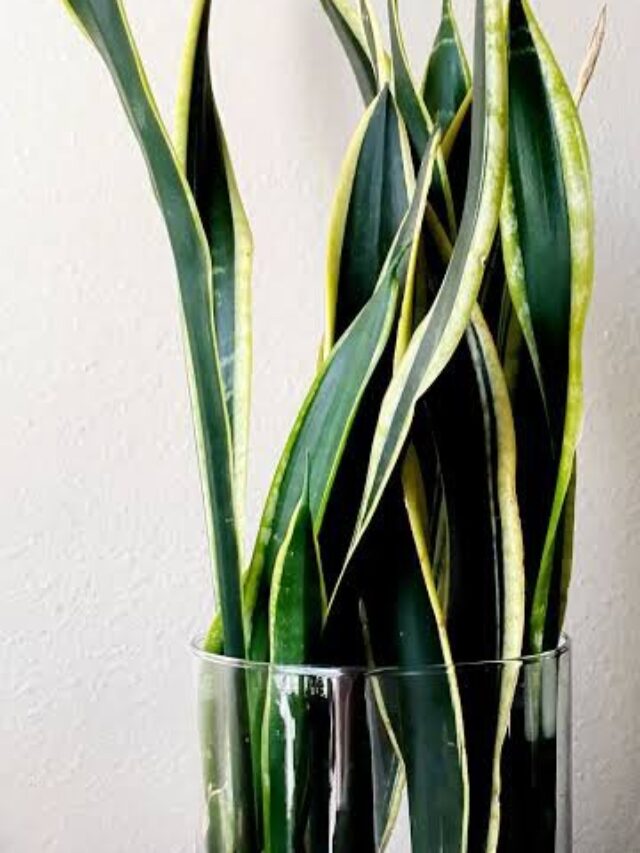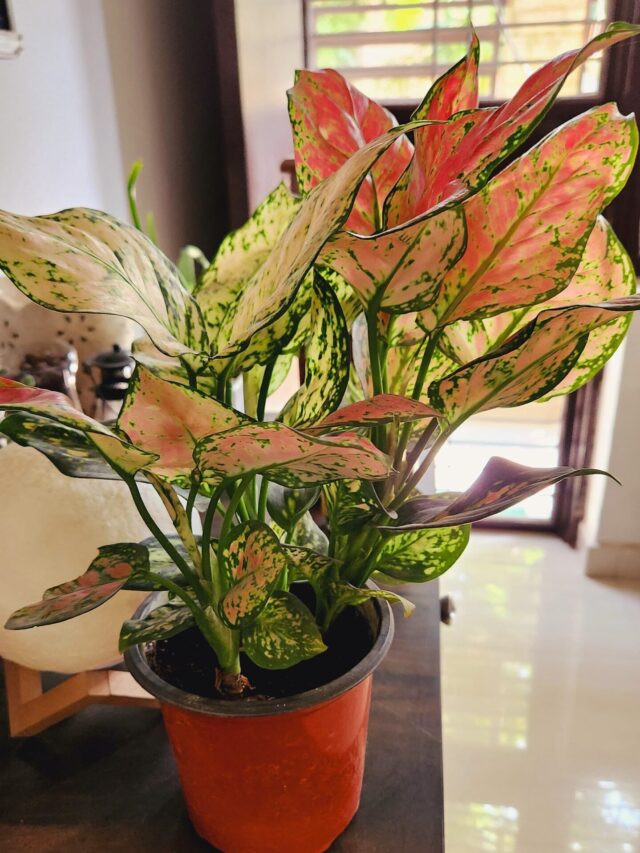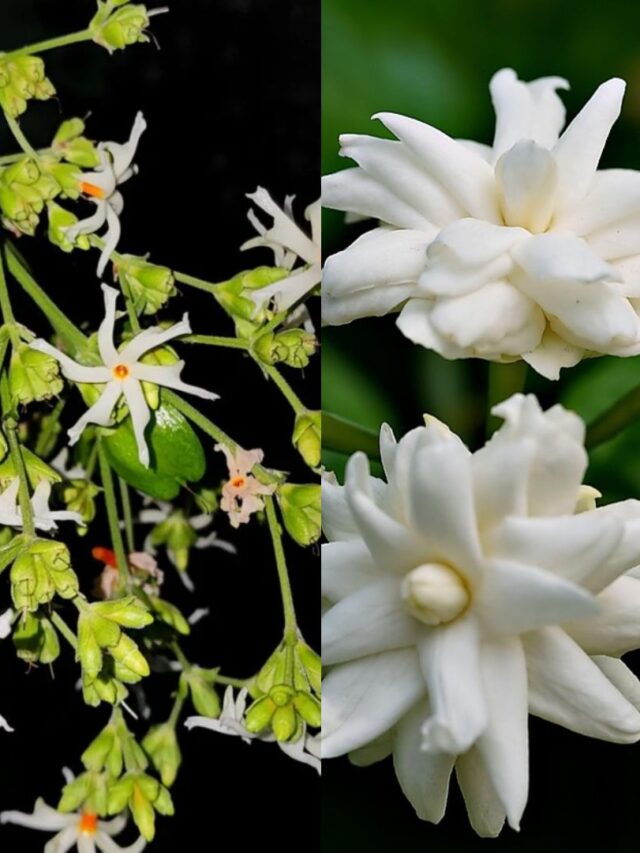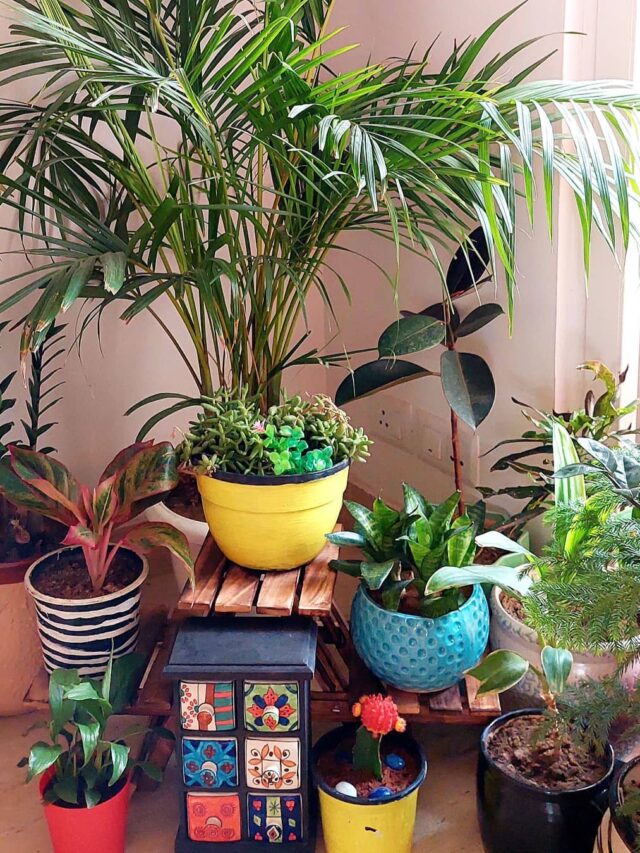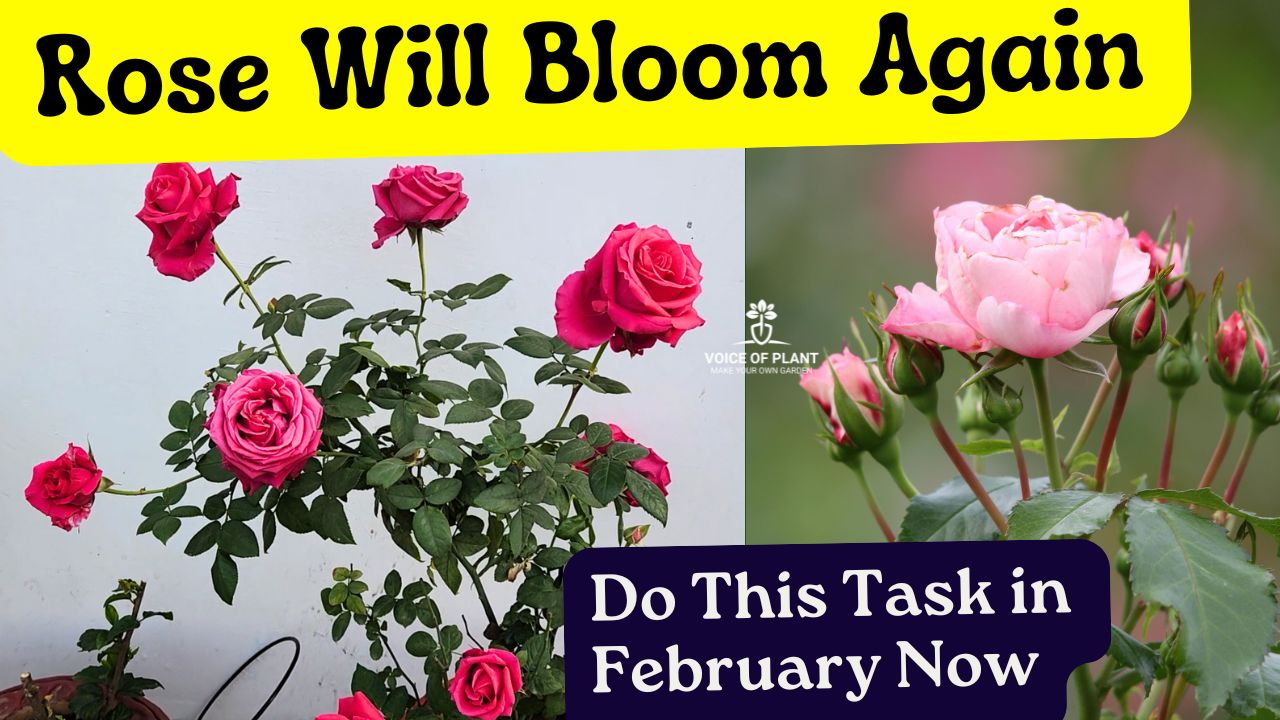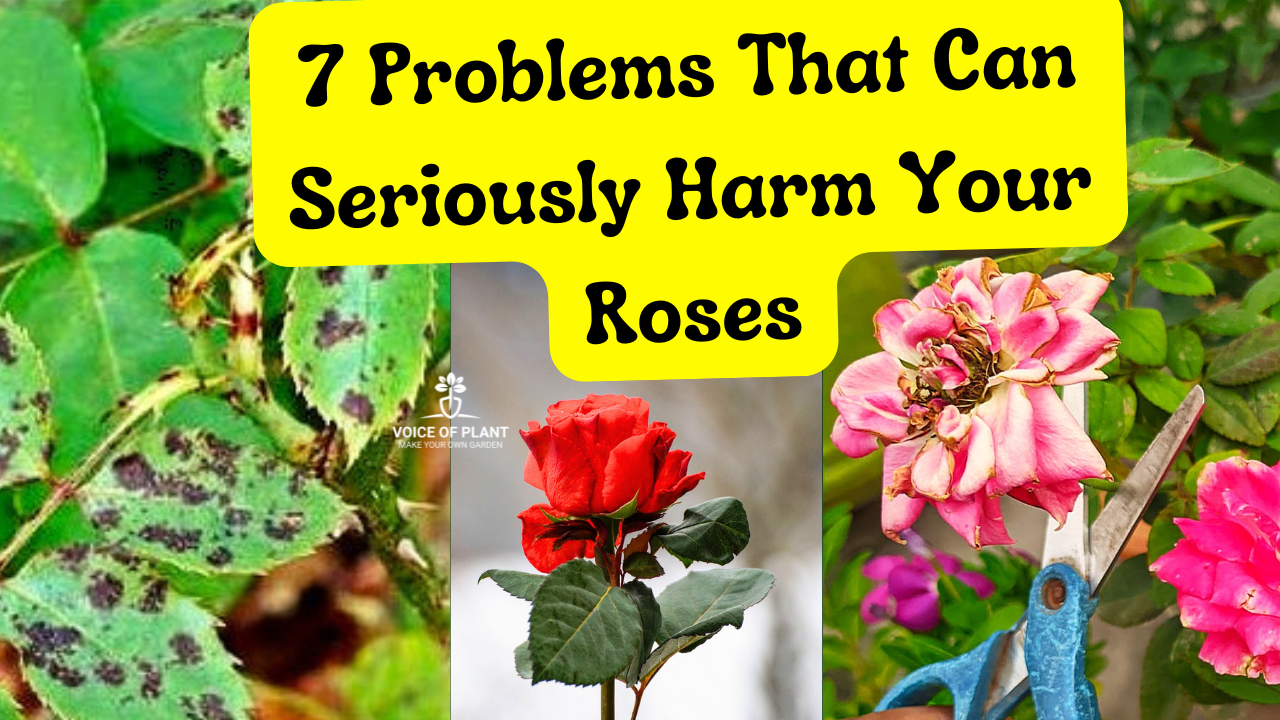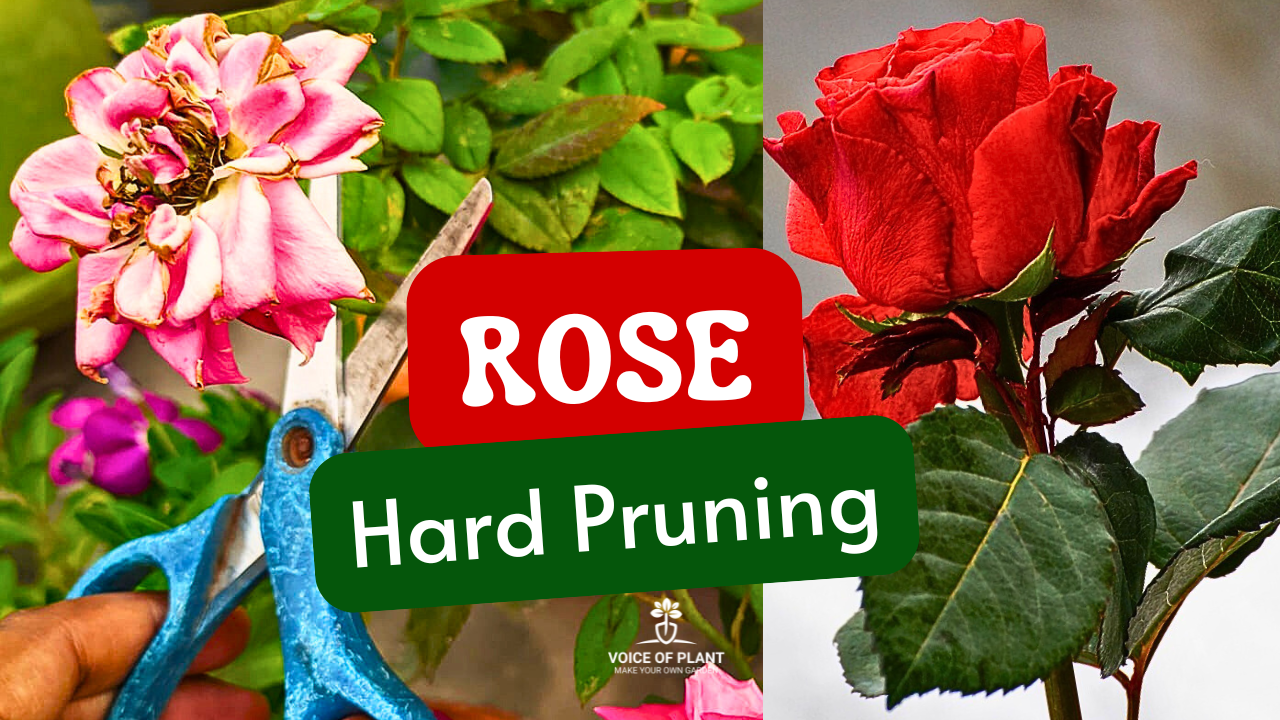Rose Flowering Care and Tips in February
February is a make-or-break month for rose lovers. After months of dormancy, your roses need some attention to wake up and bloom beautifully in spring. If you ignore them now, they might struggle, bloom weakly, or even fail to thrive.
Many gardeners assume that roses will take care of themselves once winter ends, but that’s not the case. Proper pruning, feeding, watering, and pest control in February will ensure that your roses return with full, vibrant blooms.
So, what exactly should you do this month to guarantee a stunning rose garden? Let’s dive into the essential tasks.

Understanding Rose Dormancy
Before jumping into rose care, it’s important to understand what happens to them during winter.
Why Do Roses Go Dormant?
Dormancy is nature’s way of protecting roses from the harsh winter cold. When temperatures drop, roses stop growing, lose their leaves, and appear lifeless. However, they are still very much alive beneath the surface, conserving energy for spring growth.
Signs Your Roses Are Waking Up
By February, roses begin to show signs of coming out of dormancy. Look for these indicators:
- Swelling buds on stems
- Small green shoots appearing
- Slight softening of branches
When you notice these signs, it’s time to start your February rose care routine.
Rose Flowering Care and Tips in February
Rose Will Bloom Again If You Do This Task in February Now
1. Pruning: The First Step to Revival
Pruning is the most important task you must do in February. It encourages new growth, removes dead or diseased branches, and improves air circulation.
How to Prune Roses Correctly:
✅ Use sharp, clean pruning shears.
✅ Cut at a 45-degree angle, about ¼ inch above an outward-facing bud.
✅ Remove dead, weak, or inward-growing branches.
2. Cleaning Up the Rose Bed
A clean rose bed is essential for preventing diseases and ensuring healthy soil.
Steps to Clean Your Rose Bed:
- Remove fallen leaves, as they can harbor pests and fungi.
- Pull out any weeds that might compete for nutrients.
- Loosen compacted soil to improve drainage.
Cleanliness reduces the risk of black spot and powdery mildew, two common rose diseases.
3. Feeding Your Roses with the Right Nutrients
Roses are heavy feeders, and after winter, they need a boost.
Best Fertilizers for February:
- Organic: Compost, bone meal, banana peels (for potassium).
Feed your roses at the base, avoiding the leaves to prevent burns.
4. Watering Wisely After Winter
Roses don’t need a lot of water in winter, but as they wake up, they need a steady supply.
Watering Tips for February:
- Water deeply but less frequently.
- Avoid watering leaves to prevent fungal infections.
- Test the soil—if it’s dry an inch below the surface, it’s time to water.
5. Checking for Pests and Diseases
Early spring brings pests like aphids and fungal diseases.
Preventing Pests:
- Use neem oil or insecticidal soap.
- Introduce ladybugs (natural aphid predators).
Preventing Diseases:
- Keep good airflow by proper pruning.
- Avoid overhead watering.
- Apply a preventive fungicide if needed.
Conclusion
If you take care of your roses in February, you’ll be rewarded with an explosion of blooms in spring. Prune, feed, water, and protect your roses, and they’ll return healthier and more beautiful than ever.
Check this – Best Fertilizers for Rose Flowering
Follow our Social media channel:
1. Voice of Plant – YouTube Channel
2. Voice of Plant Facebook Page
3. Instagram Voice of Plant Channel
Happy Gardening !!


